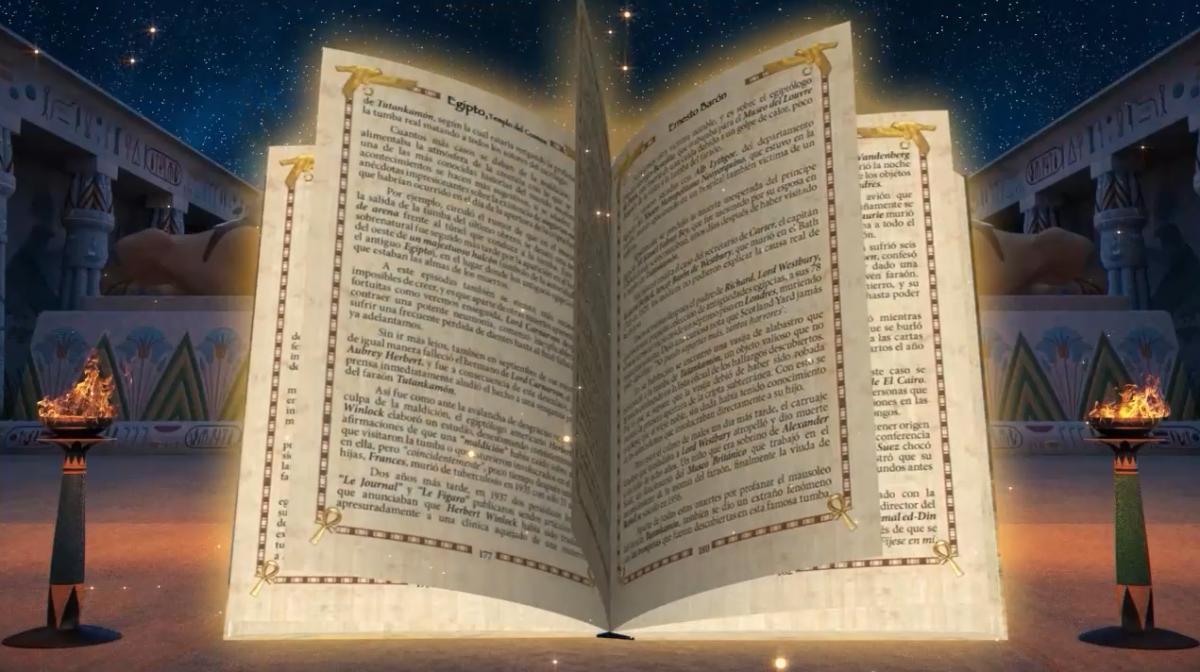Extracts: Egypt Temple of the Cosmos
- font size decrease font size increase font size
“Although the Greeks called the land of the pharaohs by the name ‘Aegyptos’, its original name was actually Kemet, which means ‘black earth’ and refers to the fertile arable lands found in Nile country and throughout the Nile Valley.”
“The three pyramids of the Gizeh plateau, and others in the surrounding area are a masterwork of advanced engineering, and that is why they have earned a place of honour among the most ancient and mysterious buildings in history.”
“The reconstruction of Pi-Ramses shows sinuous streets, spacious buildings and lakeshore palaces, in addition to canals, ponds, temples and sanctuaries… Studies confirm the discovery that Pi-Ramses stretched for more than 30 kilometres and had as many as 500,000 inhabitants.”
“Although attempts were always made to protect mummies from being easily desecrated by ill-intentioned individuals, the reality is that at the end of the nineteenth century, in Victorian England, people amused themselves with mummy unwrapping sessions, at the price of six shillings.”
“The curse of the Pharaoh Tutankhamun was announced far in advance, and it triggered the death of many people who entered the young king’s burial chamber. Lord Carnarvon’s death was surrounded by strange circumstances, following the tomb’s official opening on 23 February 1923.
“Tomb raiding became a huge business, and they resorted to cunning to prevent it from continuing; the pharaohs’ resting place was often changed. Many Egyptologists were faced with this reality when they found that some of the burial sites they uncovered did not contain royal mummies. These were fake tombs built with the aim of catching thieves off guard, which may be why ancient texts claim that the pharaohs did not rest in peace.”
“One discovery that took place recently in Egypt involves the finding of a mysterious subterranean city, located beneath the Hawara plateau, the labyrinth and pyramid of Amenemhat III. A very small number of people knew about the existence of this incredible underground labyrinth of Egypt that has the potential to reveal an untold number of answers, restoring them to history.”
“According to tradition, the historic Battle of Kadesh, which saw the participation of the Shardana, the famed elite guard, was successful, thanks to Ramses II’s brave fighting military and the support of the tireless Shardana themselves… These warriors were known for their courage and skill, and celebrated as faithful soldiers in Abu Simbel, Karnak and other places in Ancient Egypt.”
“The great pharaoh Ramses II created the magnificent building of Abu Simbel, yet is there a convincing explanation as to why it was built to be so huge, or what about the fact that several enormous statues were placed inside its hypostyle hall, despite the entrance passage being very narrow? More amazing still, how is it that the sunlight penetrates its interior on very specific dates every year?”








